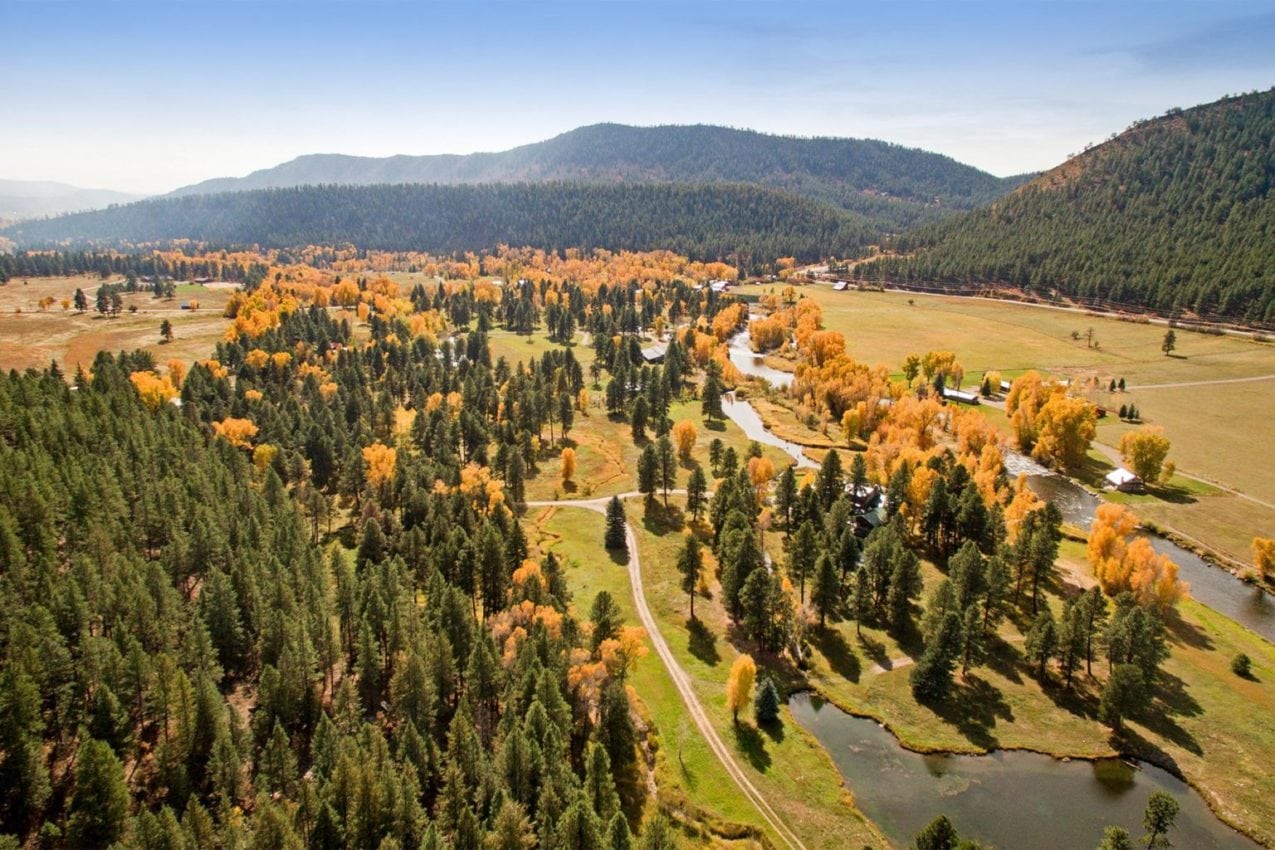As the year winds down, you’re probably already thinking about your New Year’s resolutions. If one of them is to keep better track of your finances, this is the time to look back at your records and prepare for tax season or a major purchase.
Here are five financial tips that can help landowners and potential land buyers get organized or even save money.
1. Maintain special use valuations.
In Texas, agricultural land may be appraised based on its agricultural use rather than its market value. Often called an ag exemption, such a valuation is actually a different way of appraising the land’s value.
- An agricultural use valuation, also called a 1-d appraisal, is reserved for landowners whose primary source of income is agriculture. The land value is based on the income generated by agriculture, such as crop or livestock production, and owners must apply every year.
- An open space valuation, or 1-d-1 appraisal, applies to more types of landowners and land uses, including wildlife management. There’s no need to reapply once the property qualifies, but the county’s chief appraiser may, at his or her discretion, request a new application.
Matt Ormiston, senior attorney at Farm Credit Bank of Texas in Austin and a former Farm Credit loan officer, says the end of the year is a good time for landowners to review their records so that they avoid losing their special use valuations and possibly paying rollback taxes.
“Make sure you preserve any special use valuation for property tax purposes,” Ormiston says. “The increase in property taxes from losing one can be devastating, making ownership less attractive or, at worst, unaffordable.”

2. Have a commercial activity on your land.
In addition to reducing property taxes, using land for agriculture offers federal income tax benefits.
For the greatest savings, talk to a CPA before a land purchase, and get an appraisal of assets such as barns, houses, fences and stock tanks. The cost of the land isn’t deductible, but the cost of an asset is, provided there’s a commercial enterprise.
“Assuming you’re buying the property for some kind of agricultural activity — it can be cattle, hay-raising, commercial hunting or whatever the case is — a lot of things can be either deducted currently or depreciated as an asset going forward,” says Wayne Bawcum, a certified public accountant in Sulphur Springs, Texas.
Bawcum’s experience includes 40 years preparing taxes for landowners, farmers and ranchers, and eight years on the board of Legacy Ag Credit, a Farm Credit lending cooperative.
Remember that from the Internal Revenue Service’s perspective, a legitimate business needs to have some profit potential.
“If you have 1,000 acres and five cows, you’re not going to be able to show a business plan where you’d be able to make a profit,” Bawcum says.
3. Show your lender a well-prepared tax return.
If you plan to buy land, tax season is a good time to organize your finances before talking to a lender. A tax return prepared by a competent professional can make it easier to demonstrate creditworthiness.
“It makes a difference,” Bawcum says. “Bankers rely on that document when determining whether to lend money. They have to look at your credit history, payment history in the past, ability to repay the loan from your job or business. If the lender can’t understand your tax return, it makes the loan harder to obtain.”
Ormiston adds another item to the year-end to-do list: Make sure that liens have been released on any property that you’ve paid off. “Now’s a good time to check for unreleased liens, so there’s not a headache or roadblock if you want to get a loan secured by that property,” Ormiston says.

4. Keep good records.
Starting with the 2016 tax year, the IRS Form 1098 that lenders send individual borrowers who paid more than $600 in interest on a mortgage loan will expand to include the origination date of the mortgage, the principal balance as of Jan. 1 of the tax year, and a street address or description for the property securing the loan. That mortgage interest statement is an example of the records that support your tax return.
“This is going to make my job a little easier, and will make the IRS’ job in the event of an audit a little easier,” Bawcum says of the revised 1098. For example, the form could help distinguish a primary or secondary residence, for which interest is deductible, from raw land.
Bawcum adds that professional tax preparation offers taxpayers some peace of mind because they’re less likely to claim a deduction that they shouldn’t — or overlook a possible deduction.
“The best way to pay less tax is to keep better records,” Bawcum says. “Write a check or use a credit card, and be sure you have a receipt for everything you buy that could be a deduction.
“A lot of farmers do what I call dashboard accounting. They throw all their records on the dashboard of their truck, and once a year they clean them up and bring them to me. If you lose some of your records, it’s going to be difficult to support your deductions in an audit.”

5. Have a plan for the future.
The season of giving is a good reminder to explore your estate planning and gifting powers.
Thanks to a 2015 change in the Texas Estates Code, there’s now a streamlined way to ensure that real property transfers to your designated beneficiaries upon your passing.
“It’s called a Transfer on Death Deed,” Ormiston says. “The property passes outside of your estate, so your beneficiaries or heirs avoid the expense and hassle of probate court.”
An online kit from the nonprofit Texas Legal Services Center, TexasLawHelp.org, includes a free form that you can sign in front of a notary and file in the property’s county deed office.
Ormiston still strongly recommends consulting an attorney about something as important as transferring property.
“As long as you execute it properly, it’s a really simple process,” he says.
 This article appears in the winter 2016 issue of TEXAS LAND magazine. Visit www.landmagazines.com to read more and subscribe to future issues of both LAND magazine and TEXAS LAND magazine.
This article appears in the winter 2016 issue of TEXAS LAND magazine. Visit www.landmagazines.com to read more and subscribe to future issues of both LAND magazine and TEXAS LAND magazine.

